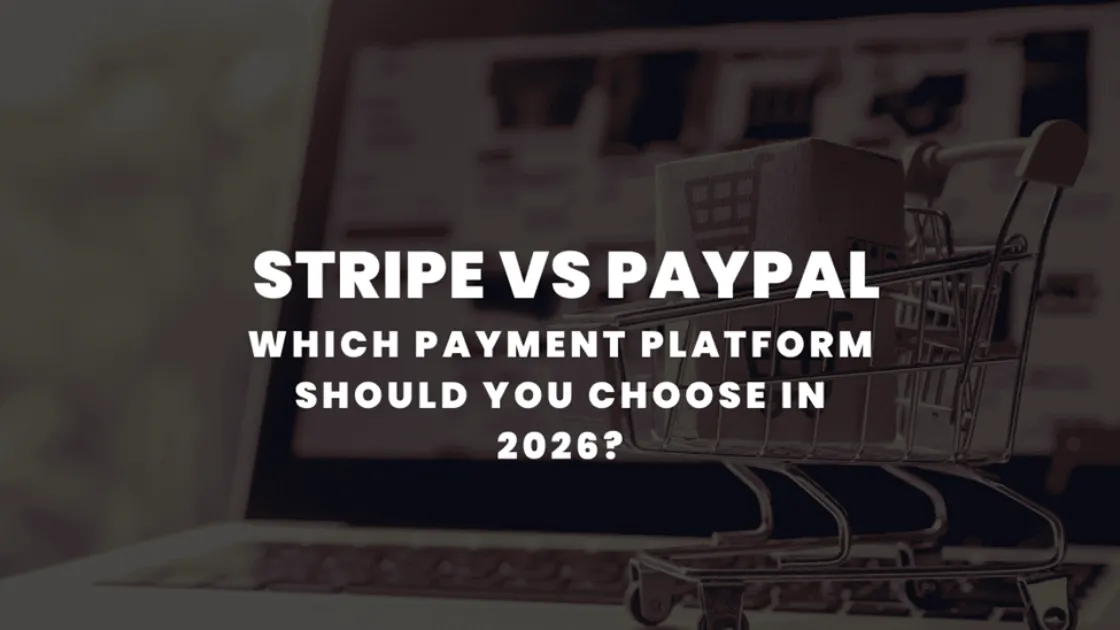March 9 2023 | By Wajiha Danish | 5 minutes Read

What is a Recourse Loan?
Types of Recourse loan
What is a Nonrecourse Loan?
Types of Nonrecourse Loans
Key Differences between Recourse vs Nonrecourse Loans
Liability for Repayment
Security Requirements
Interest Rates
Loan Limits
Loan Terms
Know it better with Examples
Recourse Loans
Non-Recourse loans
Endnote:
When it comes to borrowing money, it’s essential to know the terms of the loan agreement. One key distinction is that a borrower should know the contrast of a “recourse vs nonrecourse loan”. These terms show the level of consequences that a borrower has to pay in case of not paying the loan in time.
This blog post will explore the differences between recourse and nonrecourse loans and their suggestions for borrowers.
A recourse loan is where the borrower is personally responsible for the full loan amount. In elaboration, if the borrower defaults on the loan, the lender can seize the pledge/ contract used to secure the loan and pursue the borrower’s assets to recover the outstanding amount. The lender has the legal right to recover the amount owed even if that means taking over the borrower’s assets.
Recourse loans, such as commercial real estate, construction, and business loans, are typically used for higher-risk lending. In these situations, the lender may require the borrower to provide security, such as property or inventory, to secure the loan. If the borrower is unable to make the payment on time, the lender can take possession of the security/pledge and use it to recover the outstanding amount owed.
If the value of the bond is less than the outstanding loan amount, the lender can also go after the borrower’s assets as it will be his right.
Now as you have known what is a recourse loan, let’s jump into what does a non-recourse loan means.
A non-recourse loan is a type of loan where the borrower is not personally responsible for the full amount of the loan. Instead, the lender is limited to rescuing the value of the security used to guarantee the loan.
If the borrower cannot pay the loan, the lender can stop the pledge/bond, but they cannot go after the borrower’s assets to recover any additional amount owed.
Nonrecourse loans includes mortgages and car loans are typically used for lower-risk lending. In these situations, the lender may require the borrower to provide security, such as the property or the car to secure the loan.
If in case, the borrower fails to pay back the amount, the lender can take possession of the security. However, they cannot go after the borrower’s assets to recover any additional amount owed.
Now that we have defined what recourse and nonrecourse loans are, let’s look at the key differences between the two.
In a recourse loan, the borrower is personally liable for the full amount of the loan. In a nonrecourse loan, the borrower is only liable for the value of the bond/pledge used to secure the loan.
Recourse loans require more securities than nonrecourse loans since the lender has more responsibilities. Nonrecourse loans may not require pledges, as it depends upon the risk assessment of the lender.
Recourse loans usually have lower interest rates since the lender has more protection in default. Nonrecourse loans may have higher interest rates because of the higher risk to the lender.
Nonrecourse loans typically have lower loan limits since the lender has less protection in the event of failure of payments. On the contrary, recourse loans have a higher loan limit.
Recourse loans typically have shorter loan terms since the lender has more responsibility and protection as compared to nonrecourse loans.
Here are some examples of Recourse loans:
– Project finance loans are for specific projects such as building a new power plant or a highway. The loan repayment is linked to the project’s success, and the lender usually has a stake in the project.
– Agriculture loans are provided to farmers to purchase inputs such as seeds, fertilizers, and machinery. The repayment of the loan is linked to the success of the crop.
– Infrastructure loans are for developing roads, bridges, and airports. The repayment of the loan is linked to the revenue generated by the infrastructure.
Here are some examples of non-Recourse loans:
– Personal loans are provided to individuals for personal expenses such as education, healthcare, or home improvements. The loan repayment is usually linked to the individual’s income or creditworthiness.
– Credit card loans: These loans are provided through credit cards and are used for various expenses such as shopping, dining out, or travel. The repayment of the loan is linked to the individual’s creditworthiness.
– Small business loans are provided to small businesses for various purposes, such as purchasing inventory or equipment. The loan repayment is usually linked to the revenue the business generates.
In summary, Recourse loans are provided for a specific purpose, such as for investment in a project or a specific industry. In contrast, non-Recourse loans are provided without a specific purpose and are not tied to the success of a particular investment. Most of the lenders do not opt for non-recourse posts as they tend to expose them towards more risk.
Subscribe for business tips, tax updates, financial fundamentals and more.
MORE BLOGS

If you’re a small business, we will absolutely get it if you say you’re having a hard time choosing a payment platform for your company. And […]
Learn More →
When it comes to accounting, businesses often face a confusing question: which accounting method should we adopt? The choice typically boils down to the cash basis […]
Learn More →
Driving for Uber or delivering with Uber Eats can be a flexible and rewarding way to earn money. But when tax season rolls around, many drivers […]
Learn More →